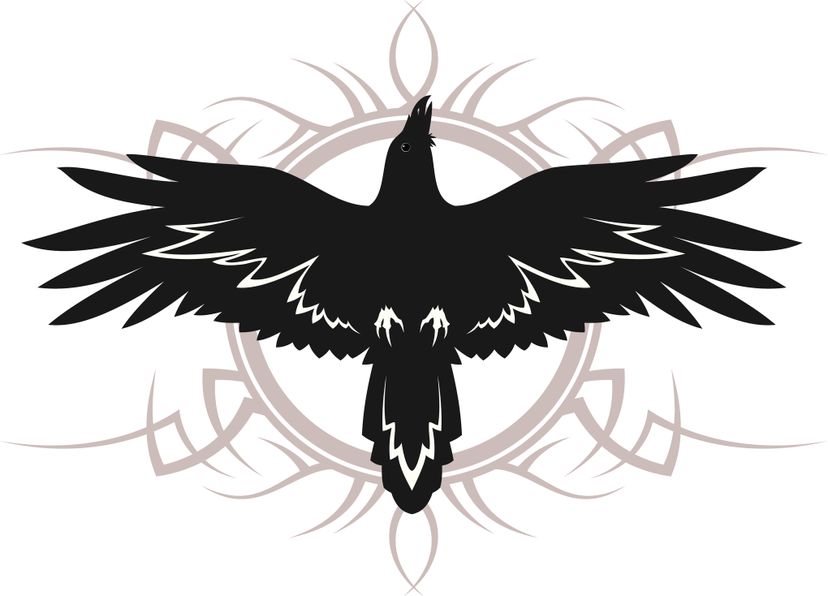Across numerous cultures and mythologies, the raven has been revered as a creature of extraordinary significance. From the Nordic pantheon to the Native American traditions, these intelligent and adaptable birds have been imbued with a myriad of symbolic meanings, each offering a unique perspective on the human experience.
Raven Symbolism in Norse Mythology
In the rich tapestry of Norse mythology, the raven stands as a sacred messenger, serving as the eyes and ears of Odin, the Allfather and king of the gods. Huginn and Muninn, Odin's two trusted ravens, were believed to soar across the nine realms, gathering information and whispering their findings into the god's ear. This deep connection between the raven and the divine realm has made the bird a powerful symbol of wisdom, prophecy, and the pursuit of knowledge.
Raven Mythology in Native American Cultures
Across the diverse tapestry of Native American cultures, the raven has been revered as a trickster, a creator, and a guide. In some traditions, the raven is seen as a catalyst for change, ushering in new beginnings and transformations. In others, the raven is believed to possess the ability to traverse the boundary between the physical and spiritual worlds, making it a powerful symbol of the connection between the seen and unseen.
The Raven in Celtic Mythology
The raven's significance in Celtic mythology is equally captivating, with the bird often associated with death, prophecy, and the afterlife. In some Celtic traditions, the raven was seen as a messenger between the world of the living and the world of the dead, a role that has contributed to its enduring mystique and symbolic power.
